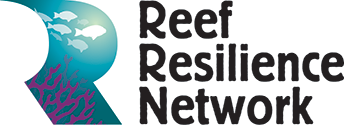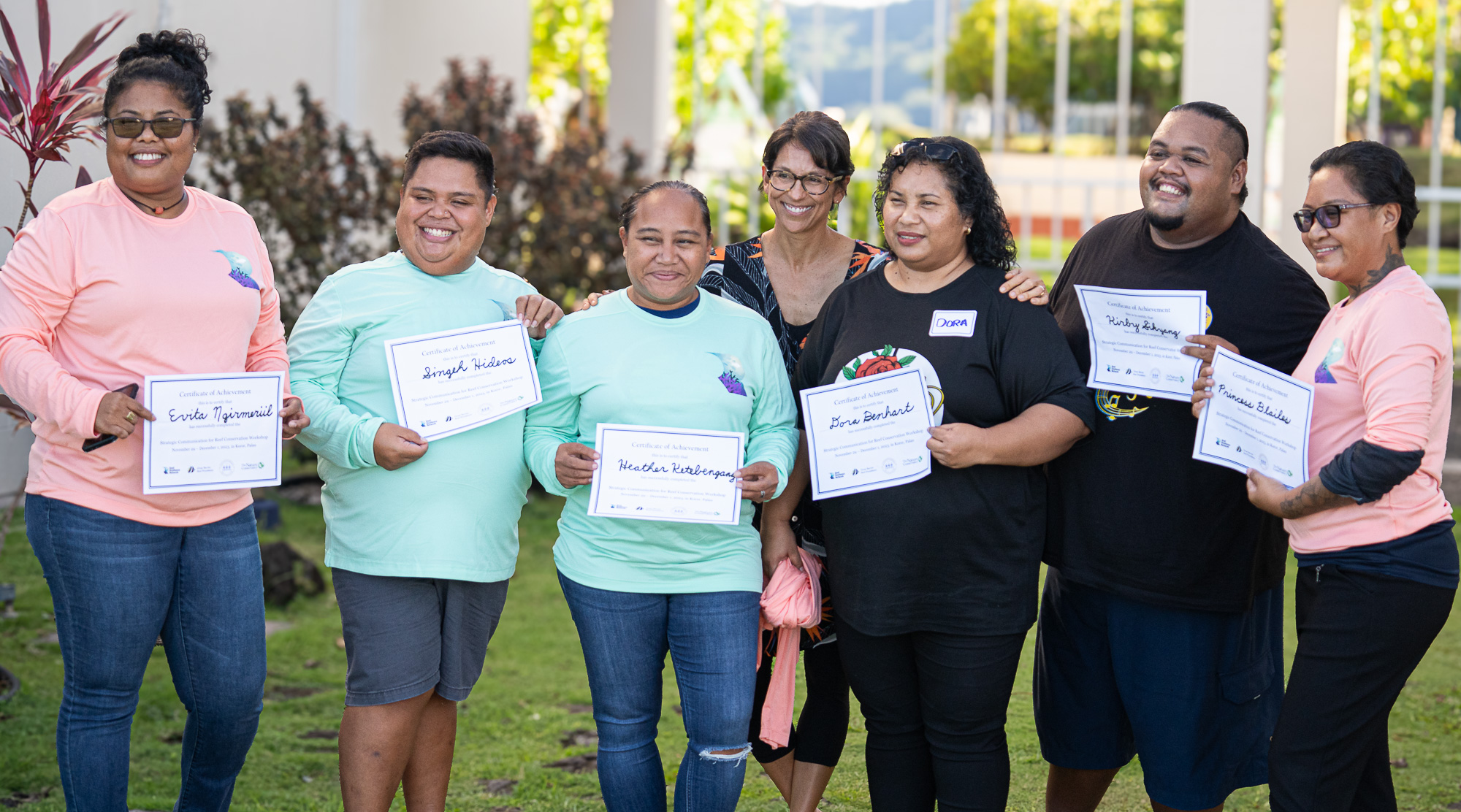This study addresses the lack of current scientific work focusing on the social vulnerability of fisheries-dependent communities in the context of climate change-related impacts to coral reefs. Researchers examine exposure, sensitivity, and adaptive capacity, as dimensions of vulnerability to the impacts of coral bleaching on fishery returns, in 29 coastal communities near the Western Indian Ocean. A network-based approach is developed to determine sensitivity to fishery changes by looking at links of fishery and non-fishery jobs.
Results showed that vulnerability differed considerably depending on the site, with Kenya having the highest overall vulnerability at a national scale, followed by Tanzania, Madagascar, Seychelles, and Mauritius. At the site level, Sahamalaza in Madagascar had the highest vulnerability, although seven of the ten most vulnerable sites occurred in Kenya. This study concludes with a framework of local, national, and international-scale policy actions to reduce different aspects of vulnerability.
Author: Cinner, J.E., T.R. McClanahan, N.A.J. Graham, T.M. Daw, J. Maina, S.M. Stead, A. Wamukota, K. Brown, and Ö. Bodin
Year: 2011
View Full Article
Global Environmental Change 22(1): 12-20. doi:10.1016/j.gloenvcha.2011.09.018


